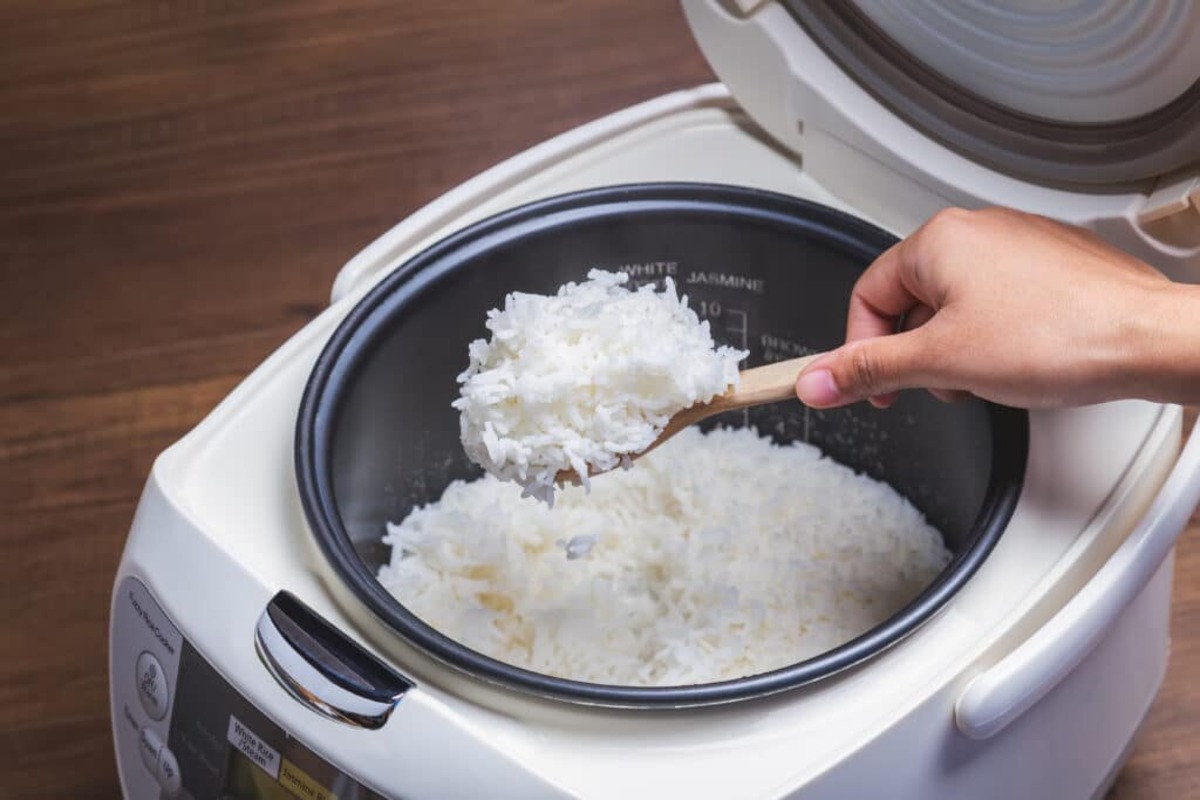

Articles
Why Rice Gets Spoiled Easily In Rice Cooker
Modified: January 19, 2024
Discover why rice gets easily spoiled in rice cookers and learn how to prevent it. Read our informative articles on preserving the quality and freshness of rice.
(Many of the links in this article redirect to a specific reviewed product. Your purchase of these products through affiliate links helps to generate commission for Storables.com, at no extra cost. Learn more)
Introduction
Rice is a staple food for billions of people around the world. It’s nutritious, versatile, and easy to prepare. One popular method of cooking rice is by using a rice cooker. Rice cookers offer convenience and consistency, allowing us to effortlessly cook perfect rice every time. However, there is one common problem that many rice cooker users face – rice spoilage.
Have you ever wondered why rice sometimes gets spoiled easily in a rice cooker? In this article, we will explore the various factors that contribute to rice spoilage in a rice cooker and discuss ways to prevent it. Understanding these factors is crucial to ensure that you can enjoy freshly cooked and delicious rice every time.
Key Takeaways:
- Prevent rice spoilage in your rice cooker by controlling moisture, maintaining temperature, and following proper cleaning and maintenance procedures. Enjoy consistently flavorful, safe, and high-quality rice dishes every time.
- Understanding the impact of rice cooker design on rice spoilage and taking precautions can help prevent unpleasant odors, mold growth, and changes in taste and texture, ensuring delicious and safe-to-eat rice meals.
Read more: Why Is My Rice Cooker Bubbling
Factors that Contribute to Rice Spoilage in Rice Cooker
Several factors play a role in the spoilage of rice when using a rice cooker. Let’s take a closer look at each of these factors:
- Moisture content in cooked rice: Rice contains natural moisture, and when cooked, it absorbs additional moisture. If the rice cooker’s lid is not tightly sealed or there is excessive steam escaping during the cooking process, the rice can become overly moist. This excess moisture can lead to the growth of bacteria and fungi, causing the rice to spoil quickly.
- Temperature control in rice cooker: Rice cookers operate by heating the rice and water mixture to cook the rice thoroughly. However, if the temperature inside the rice cooker becomes too high or too low, it can affect the texture and quality of the rice. Rice that is cooked at excessively high temperatures may become dry and hard, while rice cooked at low temperatures may become sticky and prone to spoilage.
- Duration of rice storage in rice cooker: Leaving cooked rice inside the rice cooker for an extended period can contribute to spoilage. Bacteria and other microorganisms can multiply rapidly in warm and moist environments, which is exactly what the rice cooker provides if the cooked rice is left inside for too long. It’s important to remove the rice from the cooker and store it properly to prevent spoilage.
- Impact of rice cooker design on rice spoilage: The design and construction of a rice cooker can also impact rice spoilage. Some rice cookers have a non-stick coating on the inner pot, which can prevent the rice from sticking and burning. However, if the coating is scratched or damaged, it can lead to uneven cooking and spoilage. Furthermore, rice cookers with poor insulation may not maintain a consistent temperature, increasing the risk of spoilage.
These factors can individually or collectively contribute to the spoilage of rice in a rice cooker. By understanding these factors, we can take necessary steps to prevent rice spoilage and ensure that the rice we cook in the rice cooker is of the highest quality.
Moisture Content in Cooked Rice
The moisture content in cooked rice plays a crucial role in its overall quality and susceptibility to spoilage. Rice contains natural moisture, and during the cooking process, it absorbs additional water, whether through absorption or by being cooked in excess water. The moisture content in cooked rice is affected by various factors, including the type of rice, the cooking method, and the ratio of water to rice.
When cooking rice in a rice cooker, it is essential to ensure that the lid is tightly sealed to prevent the escape of steam. If steam escapes during the cooking process, it can lead to excessive moisture loss, resulting in dry and unpalatable rice. On the other hand, if the lid is not sealed tightly enough, the excess moisture may not evaporate properly, leading to overly moist rice that is more susceptible to spoilage.
Excess moisture in cooked rice creates an ideal environment for the growth of bacteria and fungi. These microorganisms thrive in warm and moist conditions, and if left unchecked, they can multiply rapidly and cause rice spoilage. The spoilage may manifest as a sour or off-putting odor, slimy texture, or the presence of mold or discoloration.
To prevent the moisture content in cooked rice from contributing to spoilage, it is important to follow a few guidelines:
- Use the correct rice-to-water ratio: Different types of rice require varying amounts of water for cooking. Be sure to follow the recommended rice-to-water ratio specified in the rice cooker’s instructions or recipe. Using the correct ratio will help achieve the desired moisture level in the cooked rice.
- Avoid excessive soaking: Soaking rice for an extended period before cooking can lead to a higher moisture content in the cooked rice. While some recipes call for soaking, it is important to follow the recommended soaking time to prevent excessive moisture retention.
- Allow cooked rice to rest: After the rice cooker completes the cooking cycle, it is advisable to let the cooked rice rest inside the cooker with the lid closed for a few minutes. This allows any excess moisture to evaporate, improving the texture and reducing the risk of spoilage.
- Proper storage: If there is leftover cooked rice, it is crucial to store it properly. Transfer the rice to a shallow, airtight container and place it in the refrigerator within two hours of cooking. The low temperature of the refrigerator helps inhibit bacterial growth and prolongs the freshness of the rice.
By paying attention to the moisture content in cooked rice and taking necessary precautions, such as proper sealing of the rice cooker lid and following recommended cooking and storage guidelines, we can reduce the risk of spoilage and enjoy delicious, perfectly cooked rice every time.
Temperature Control in Rice Cooker
The temperature control in a rice cooker is a critical factor that determines the texture, taste, and quality of the cooked rice. Maintaining the correct temperature throughout the cooking process ensures that the rice is evenly cooked, fluffy, and free from any potential spoilage.
Most modern rice cookers are equipped with built-in thermostat controls that regulate the cooking temperature automatically. These controls ensure that the rice cooker heats the rice and water mixture to an optimal temperature and maintains it until the rice is fully cooked.
If the temperature inside the rice cooker becomes too high, it can lead to overcooked, dry, and hard rice. On the other hand, if the temperature is too low, the rice may not cook evenly and can end up sticky and prone to spoilage.
Here are some tips to ensure proper temperature control in your rice cooker:
- Follow the manufacturer’s instructions: Each rice cooker model may have its own specific temperature settings and recommended cooking times. It’s important to read and understand the user manual to correctly set the temperature and cooking time for best results.
- Avoid lifting the lid: Opening the lid while the rice is cooking can disrupt the temperature inside the cooker. This can result in a loss of heat and uneven cooking. It’s crucial to resist the urge to check on the rice and let the cooker do its job without interruptions.
- Use the appropriate cooking mode: Some rice cookers offer different cooking modes, such as “quick cook” or “slow cook.” These modes may have different temperature settings, so selecting the appropriate mode for your desired rice texture is important.
- Allow for proper resting time: After the cooking cycle is complete, it’s essential to let the cooked rice rest with the lid closed inside the rice cooker. This allows the rice to continue cooking and evenly distribute the heat, resulting in fluffy and properly cooked rice.
By ensuring proper temperature control in your rice cooker, you can achieve perfectly cooked rice each time. Remember to follow the manufacturer’s instructions, refrain from consistently lifting the lid, choose the appropriate cooking mode, and allow for proper resting time. These steps will help maintain the optimal temperature and prevent any temperature-related issues that could affect the quality of your cooked rice.
Duration of Rice Storage in Rice Cooker
The duration of rice storage in a rice cooker is an important factor to consider when it comes to preventing spoilage. Leaving cooked rice inside the rice cooker for an extended period can create an environment that is conducive to the growth of bacteria, leading to potential spoilage and foodborne illnesses.
When the rice cooker completes the cooking cycle, it’s crucial to remove the cooked rice from the cooker as soon as possible. Leaving the rice inside the rice cooker for an extended period can result in the rice remaining warm and moist, providing an ideal breeding ground for harmful bacteria to thrive.
Here are some guidelines to follow to ensure the safe storage of cooked rice:
- Transfer rice to suitable containers: Once the rice is cooked, transfer it to a shallow, airtight container. Avoid using the rice cooker’s inner pot for long-term storage as it may not provide the ideal conditions for keeping the rice fresh.
- Refrigerate promptly: Place the container of cooked rice in the refrigerator within two hours of cooking. Refrigeration halts the growth of bacteria and helps prolong the freshness of the rice. It is essential to allow the rice to cool down to room temperature before refrigerating it to prevent condensation and potential moisture buildup.
- Use within a few days: Cooked rice should be consumed within a few days of refrigeration. While cooked rice can last for longer periods when properly stored, it is best to consume it as soon as possible to ensure optimal taste and quality.
- Reheat thoroughly: When reheating refrigerated rice, it is important to do so thoroughly to ensure any bacteria that may have accumulated are killed off. Make sure the rice reaches a safe internal temperature of 165°F (74°C) before consuming.
It’s worth noting that leaving rice inside the rice cooker for a prolonged period, especially in warm and humid environments, can create an environment that promotes bacterial growth and increases the risk of spoilage. To maintain the freshness and quality of cooked rice, it is essential to transfer it to suitable storage containers and refrigerate it promptly. By following these guidelines, you can enjoy safe and delicious rice without worrying about potential spoilage.
To prevent rice from spoiling in a rice cooker, make sure to unplug the cooker and transfer the leftover rice to a separate container for storage in the refrigerator within 2 hours of cooking. This will help prevent the growth of bacteria and spoilage.
Read more: Why Do I Need A Rice Cooker
Impact of Rice Cooker Design on Rice Spoilage
The design of a rice cooker can significantly impact the potential for rice spoilage. Various factors, such as the materials used, the presence of non-stick coatings, and the insulation properties, can influence the overall quality and freshness of the cooked rice.
Here are some key design elements of rice cookers that can affect rice spoilage:
- Non-stick coating: Many rice cookers feature a non-stick coating on the inner pot. This coating helps prevent the rice from sticking to the pot, making it easier to cook and clean. However, if the non-stick coating gets scratched or damaged, it can lead to uneven cooking and potential rice spoilage. Scratches can create areas where bacteria can thrive and make it difficult to properly clean the inner pot.
- Insulation: The insulation properties of a rice cooker play a crucial role in maintaining the desired temperature throughout the cooking process. A well-insulated rice cooker can ensure that the rice is cooked evenly and retains its moisture content. On the other hand, poor insulation can lead to temperature fluctuations and uneven cooking, which may result in rice spoilage.
- Lid seal: The lid of a rice cooker is responsible for trapping heat and steam during the cooking process. A tight and secure lid seal helps maintain the moisture and temperature inside the cooker, ensuring the rice cooks properly. If the lid does not fit tightly or if there are gaps, steam can escape, leading to moisture loss and potential spoilage of the rice.
- Construction materials: The materials used in the construction of a rice cooker can impact its performance and durability. Stainless steel cookers are known for their durability and even heat distribution, while aluminum cookers tend to be lightweight and heat up quickly. The choice of materials can affect the overall cooking experience and potentially impact rice spoilage if the materials do not retain heat effectively.
To minimize the risk of rice spoilage due to rice cooker design, it is important to consider the following:
- Choose a rice cooker with a high-quality non-stick coating to prevent sticking and make cleaning easier.
- Look for a rice cooker with good insulation properties to ensure even cooking and temperature control.
- Ensure that the lid fits tightly and securely to trap steam and maintain the desired moisture level during cooking.
- Opt for rice cookers made with durable and efficient materials that retain heat effectively.
By selecting a well-designed rice cooker and taking proper care of it, you can minimize the risk of rice spoilage and ensure the longevity and performance of your cooker for delicious and perfectly cooked rice.
Effects of Rice Spoilage on Taste and Texture
Rice spoilage can have significant effects on the taste and texture of cooked rice. When rice becomes spoiled, it undergoes chemical and microbial changes that can alter its flavor, aroma, and overall quality.
Here are some common effects of rice spoilage on taste and texture:
- Off-putting odor: Spoiled rice may emit a sour or unpleasant odor. This odor is typically a result of bacterial or fungal growth on the rice. The aroma of spoiled rice can be indicative of the presence of harmful microorganisms and is an obvious sign that the rice is no longer safe to consume.
- Mold growth: If rice is improperly stored or left at room temperature for an extended period, it can develop mold. Mold growth can appear as dark spots or patches on the rice grains. Consuming rice with mold can lead to adverse health effects and should be avoided.
- Mushy or slimy texture: Spoiled rice can become mushy or develop a slimy consistency. This change in texture is often a result of excessive moisture and bacterial or fungal activity. The rice may lose its individual grain structure and become clumpy and unappetizing.
- Unpleasant taste: Spoiled rice can have a discernible “off” taste. It may taste rancid, sour, or generally unpleasant. The presence of harmful microorganisms can produce compounds that alter the taste of the rice, making it unenjoyable and potentially harmful if consumed.
It is important to note that consuming spoiled rice can pose health risks, as it can contain harmful bacteria and toxins. Ingesting spoiled rice can cause foodborne illnesses and lead to symptoms such as nausea, vomiting, diarrhea, and stomach discomfort.
To avoid the effects of rice spoilage on taste and texture, it is crucial to follow proper storage and handling practices:
- Store cooked rice in a shallow, airtight container and refrigerate it promptly.
- Consume cooked rice within a few days of refrigeration.
- Ensure that the rice cooker is clean and properly maintained to minimize the risk of contamination.
- Reheat refrigerated rice thoroughly to kill any potential bacteria.
By being proactive in preventing rice spoilage and practicing proper food safety measures, you can enjoy freshly cooked rice with its intended taste and texture, ensuring a delicious and safe dining experience.
Preventing Rice Spoilage in Rice Cooker
Preventing rice spoilage in a rice cooker is essential to ensure that the cooked rice remains fresh, safe to consume, and maintains its quality. By following these preventative measures, you can minimize the risk of spoilage and enjoy delicious rice every time:
- Properly clean and maintain your rice cooker: Regularly clean your rice cooker after each use to remove any leftover rice or residue. Follow the manufacturer’s instructions for cleaning and maintenance to ensure that your rice cooker remains in optimal condition. A clean rice cooker reduces the chances of bacterial growth and prevents contamination that could contribute to rice spoilage.
- Ensure a tight and secure lid seal: When using the rice cooker, make sure the lid is firmly sealed to prevent the escape of steam. A tight lid seal helps retain moisture and ensures proper cooking. If the lid doesn’t fit tightly or has damage, it’s important to replace it or have it repaired to maintain an airtight seal during cooking.
- Follow recommended water-to-rice ratios: Using the right amount of water when cooking rice is crucial to prevent excessive moisture in the cooked rice. Follow the recommended water-to-rice ratios provided in the rice cooker’s instructions or recipe. Avoid adding too much water, as it can lead to overly moist rice, increasing the risk of spoilage.
- Do not leave cooked rice in the rice cooker: Avoid leaving cooked rice inside the rice cooker for an extended period. Once the rice is cooked, transfer it to a separate container and refrigerate it within two hours. Leaving cooked rice in the rice cooker for too long can create a warm and moist environment that encourages bacterial growth and increases the risk of spoilage.
- Store leftover cooked rice properly: If there are leftovers, store them in shallow, airtight containers and place them in the refrigerator promptly. Keeping rice properly stored in the refrigerator helps slow down the growth of bacteria and maintains its freshness. Consume the refrigerated rice within a few days to ensure optimal taste and quality.
- Reheat rice thoroughly: When reheating refrigerated rice, ensure that it is heated thoroughly to a safe internal temperature. Reheating the rice to at least 165°F (74°C) helps kill any potential bacteria that may have multiplied during storage, ensuring it is safe to eat.
By adopting these preventative measures, you can minimize the risk of rice spoilage in your rice cooker. Proper cleaning and maintenance, ensuring a tight lid seal, using the correct water-to-rice ratios, and storing and reheating rice properly will help keep your cooked rice fresh, delicious, and safe to consume.
Proper Cleaning and Maintenance of Rice Cooker
Proper cleaning and maintenance of your rice cooker are crucial to keep it in good working condition, ensure food safety, and prevent rice spoilage. By following these guidelines, you can maintain the cleanliness and functionality of your rice cooker:
- Unplug the rice cooker: Before starting the cleaning process, always make sure the rice cooker is unplugged and has cooled down completely. This is important for your safety and to prevent any electrical accidents.
- Remove the inner pot: Take out the inner pot from the rice cooker. Most rice cookers have removable inner pots, which are usually made of non-stick material for easy food release. Be careful when handling the hot pot and use mitts or oven gloves if necessary.
- Wash the inner pot: Wash the inner pot with warm, soapy water using a non-abrasive sponge or cloth. Gently scrub any residual rice or food particles. Avoid using harsh abrasive cleaners or scouring pads, as they can damage the non-stick coating. Rinse the pot thoroughly to remove any soap residue.
- Clean the exterior: Wipe down the exterior surfaces of the rice cooker with a damp cloth or sponge. Pay attention to any food splatters or stains on the outer housing and control panel. If necessary, use a mild detergent or kitchen cleaner to remove stubborn stains, ensuring not to let any liquid enter the electrical components.
- Clean the lid and steam vent: The lid and steam vent are critical parts that come into contact with steam during cooking. Wash the lid and steam vent separately with warm, soapy water. Use a small brush or toothbrush to remove any residue or buildup in the steam vent. Rinse thoroughly and wipe them dry.
- Allow all parts to dry: After cleaning, ensure that all parts, including the inner pot, lid, and steam vent, are fully dry before reassembling them. Moisture can contribute to bacterial growth and potential rice spoilage if not dried properly. Air drying or using a clean towel can help expedite the drying process.
- Store the rice cooker properly: Store the rice cooker in a clean, dry place where it is protected from dust and moisture. Ensure that the cord is neatly wrapped and secured to prevent any tripping hazards or damage to the cord.
- Regular maintenance: Apart from regular cleaning, it’s important to perform routine maintenance of your rice cooker. Check the manufacturer’s instructions for any specific maintenance tasks recommended for your model, such as descaling or replacing parts. This will help keep your rice cooker functioning properly and extend its lifespan.
By following these proper cleaning and maintenance practices, you can ensure the longevity and optimal performance of your rice cooker. Regular cleaning removes any food residue that can harbor bacteria, prevents odor buildup, and reduces the risk of rice spoilage. Maintaining a clean and well-maintained rice cooker will not only safeguard your health but also contribute to consistently delicious and safe-to-eat rice meals.
Read more: Why Is My Rice Cooker Boiling Over
Conclusion
Cooking rice in a rice cooker offers convenience and consistency, but it is crucial to understand the factors that contribute to rice spoilage in order to enjoy perfectly cooked, safe, and delicious rice. Moisture content, temperature control, duration of rice storage, and the design of the rice cooker all play a significant role in determining the taste, texture, and quality of the cooked rice.
To prevent rice spoilage in your rice cooker, it is important to follow a few key guidelines. Properly controlling the moisture content in cooked rice by using the correct water-to-rice ratio, ensuring a tight lid seal, and storing leftover rice in a refrigerator helps minimize spoilage risks. Maintaining proper temperature control in the rice cooker by following the manufacturer’s instructions, avoiding lifting the lid during cooking, and allowing adequate resting time contributes to evenly cooked and flavorful rice.
Understanding the impact of rice cooker design on rice spoilage and taking precautions such as using a well-designed rice cooker with a good non-stick coating, adequate insulation, and a secure lid seal can also help prevent spoilage. Additionally, by practicing proper cleaning and maintenance of your rice cooker, you can keep it in optimal condition, reduce the risk of contamination, and ensure the longevity of your appliance.
Rice spoilage can lead to unpleasant odors, mold growth, and changes in taste and texture, making the rice unappetizing and potentially harmful to consume. By following proper storage practices, reheating rice thoroughly, and being attentive to signs of spoilage, you can avoid the negative effects and maintain the freshness and quality of your cooked rice.
In conclusion, by understanding and implementing preventative measures, you can prevent rice spoilage in your rice cooker and enjoy consistently flavorful, safe, and high-quality rice dishes. By properly controlling moisture, maintaining temperature, and following proper cleaning and maintenance procedures, your rice cooker will be a reliable tool for delicious and satisfying meals every time.
Frequently Asked Questions about Why Rice Gets Spoiled Easily In Rice Cooker
Was this page helpful?
At Storables.com, we guarantee accurate and reliable information. Our content, validated by Expert Board Contributors, is crafted following stringent Editorial Policies. We're committed to providing you with well-researched, expert-backed insights for all your informational needs.
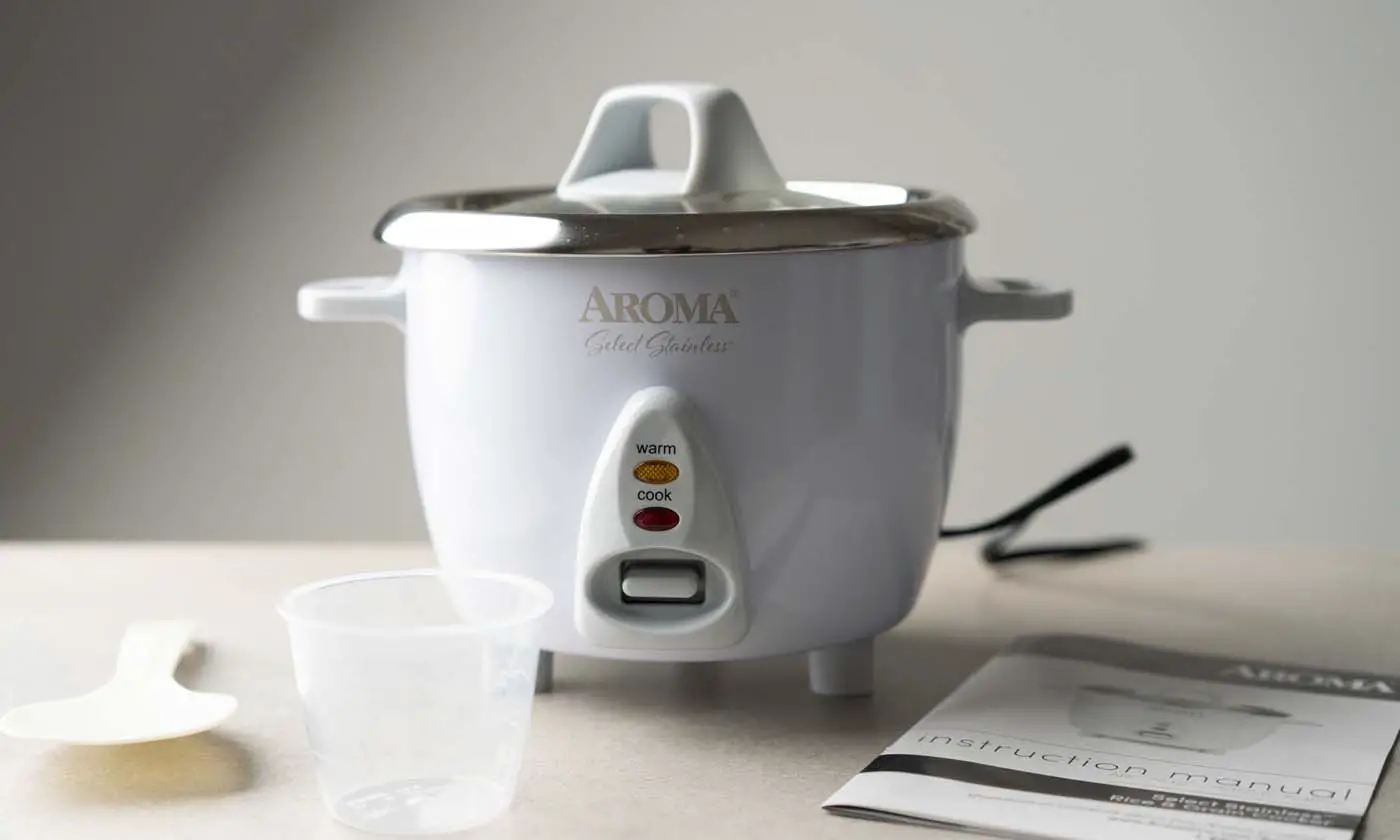

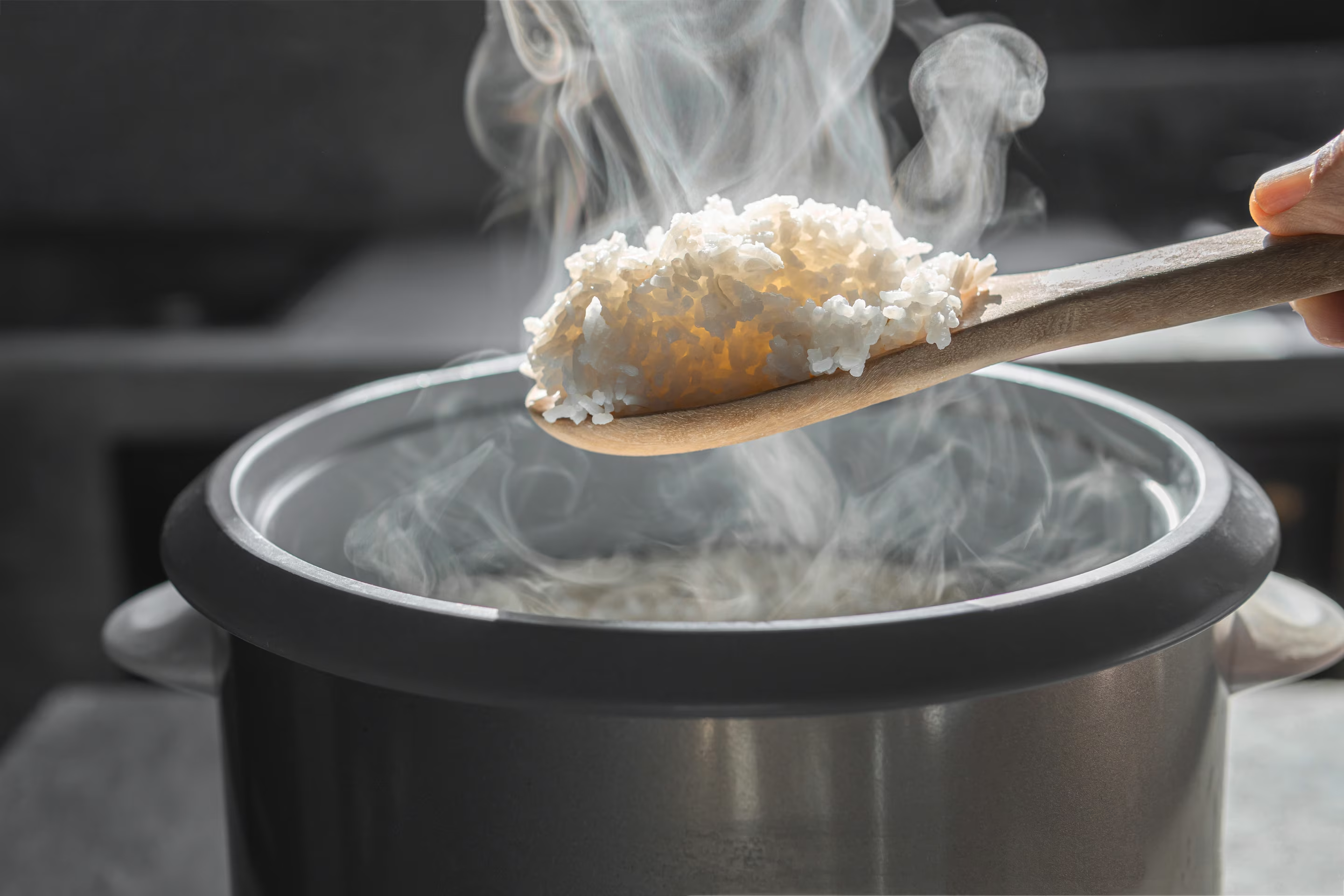
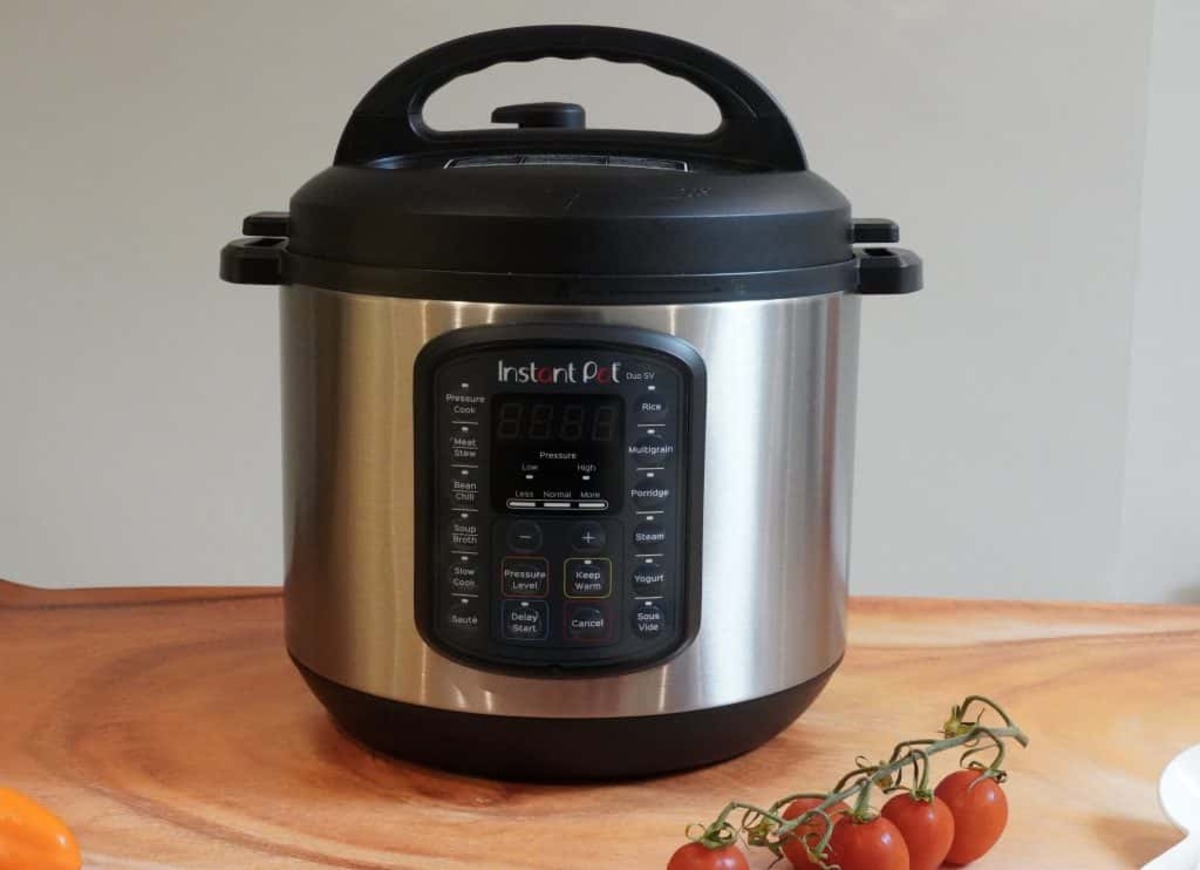
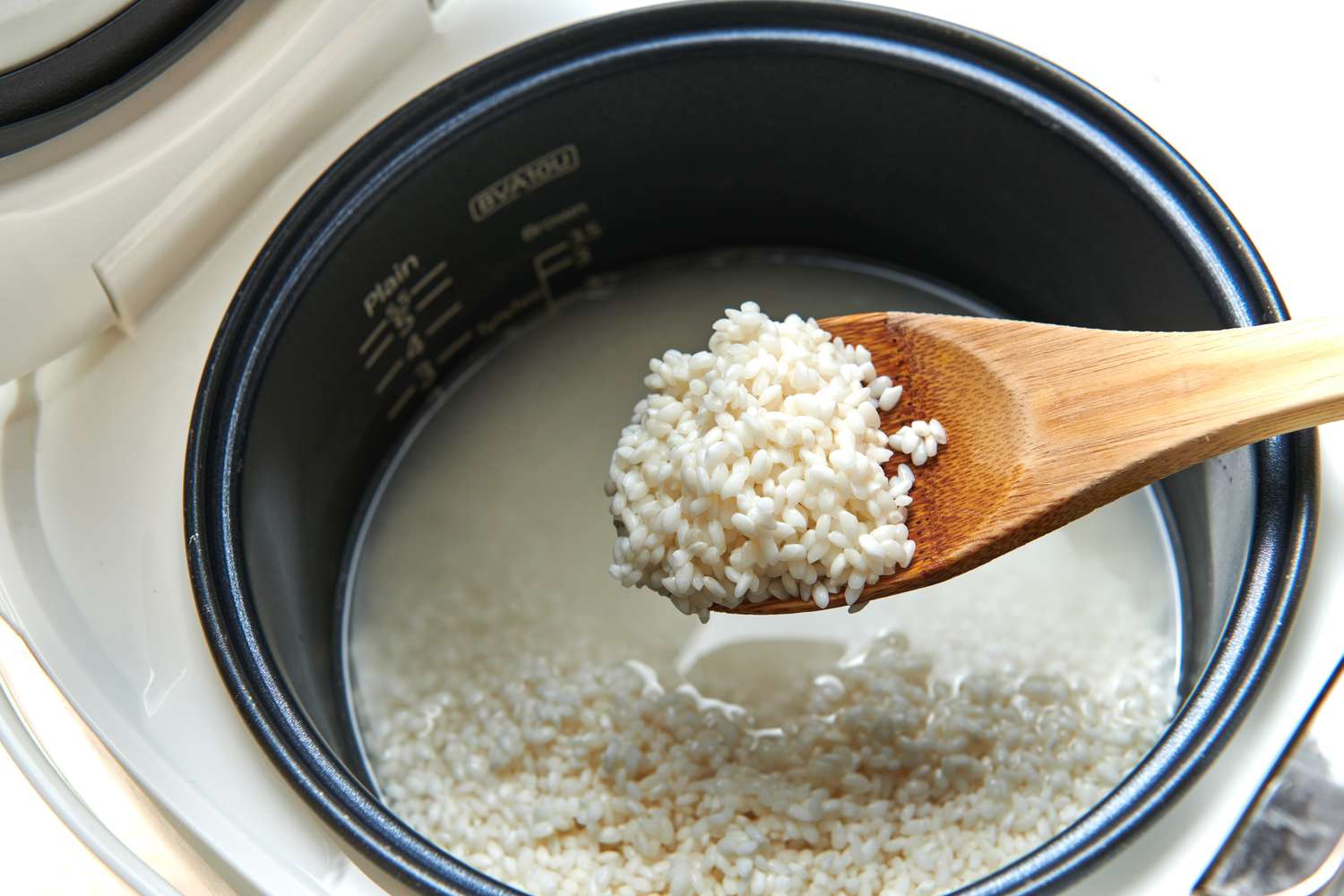
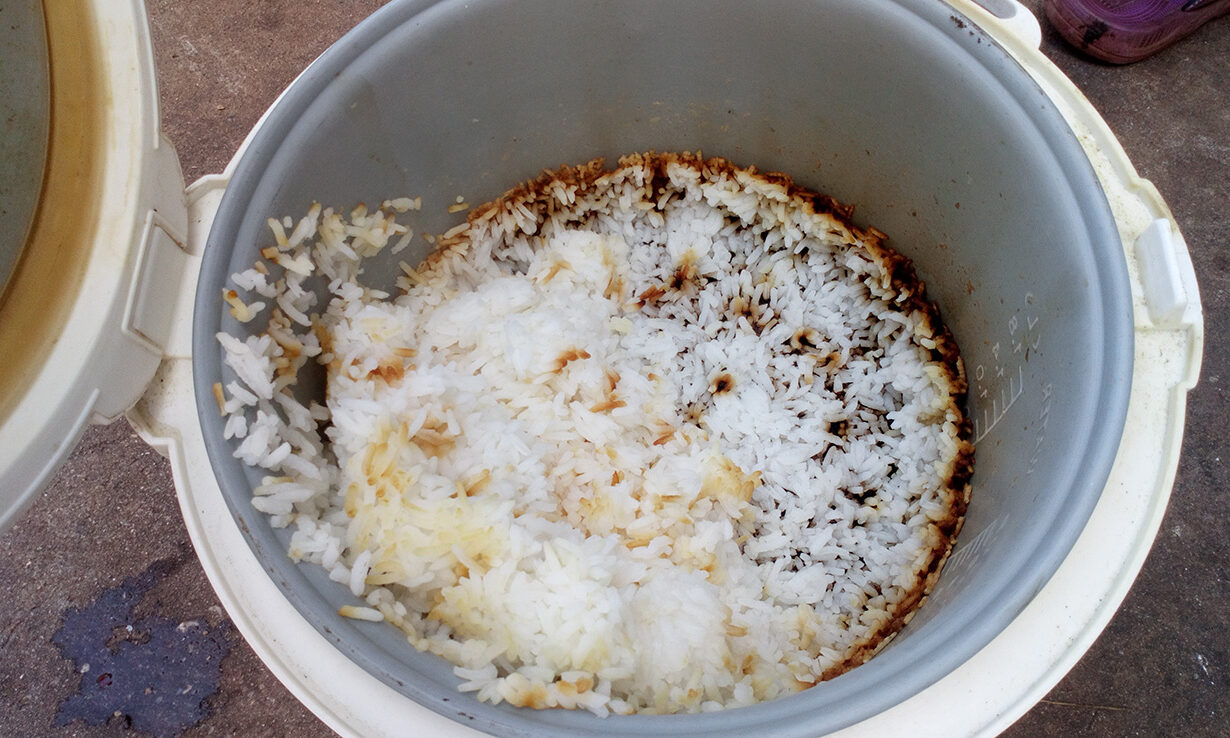
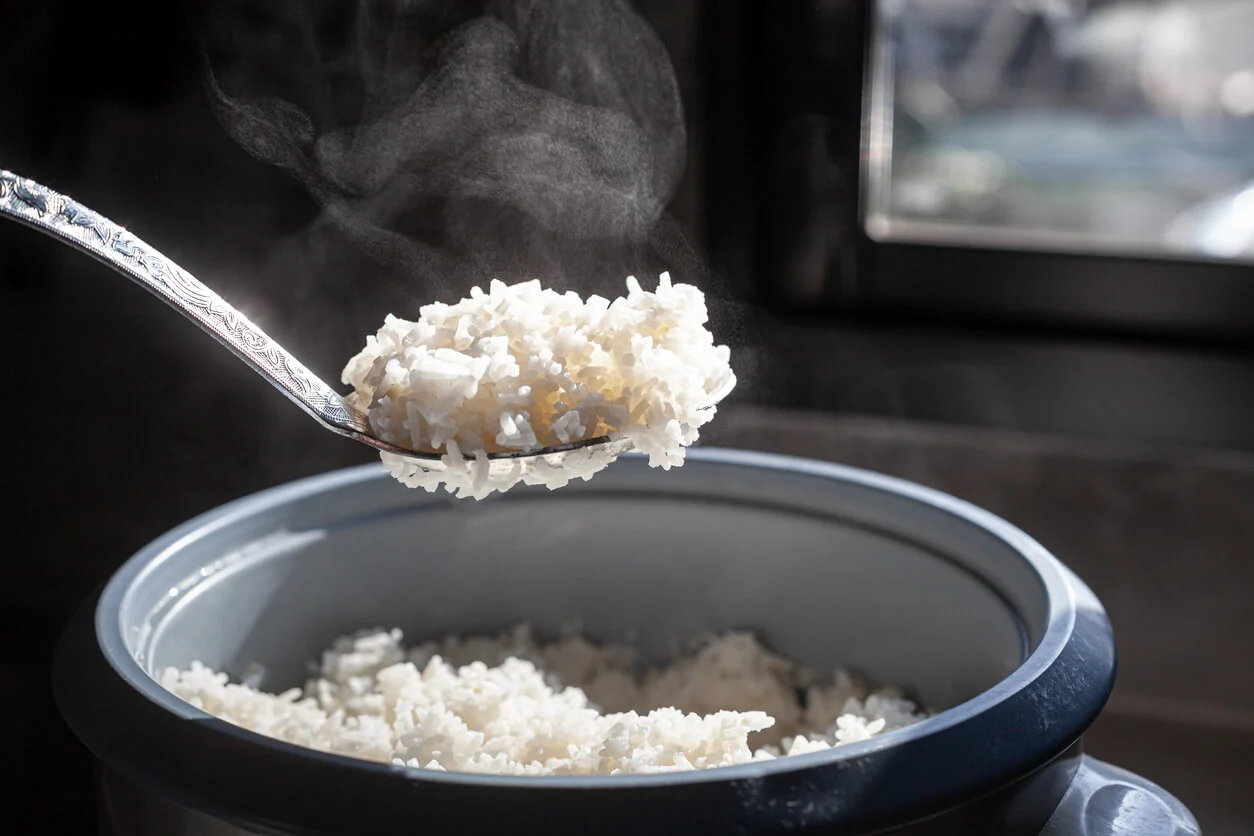
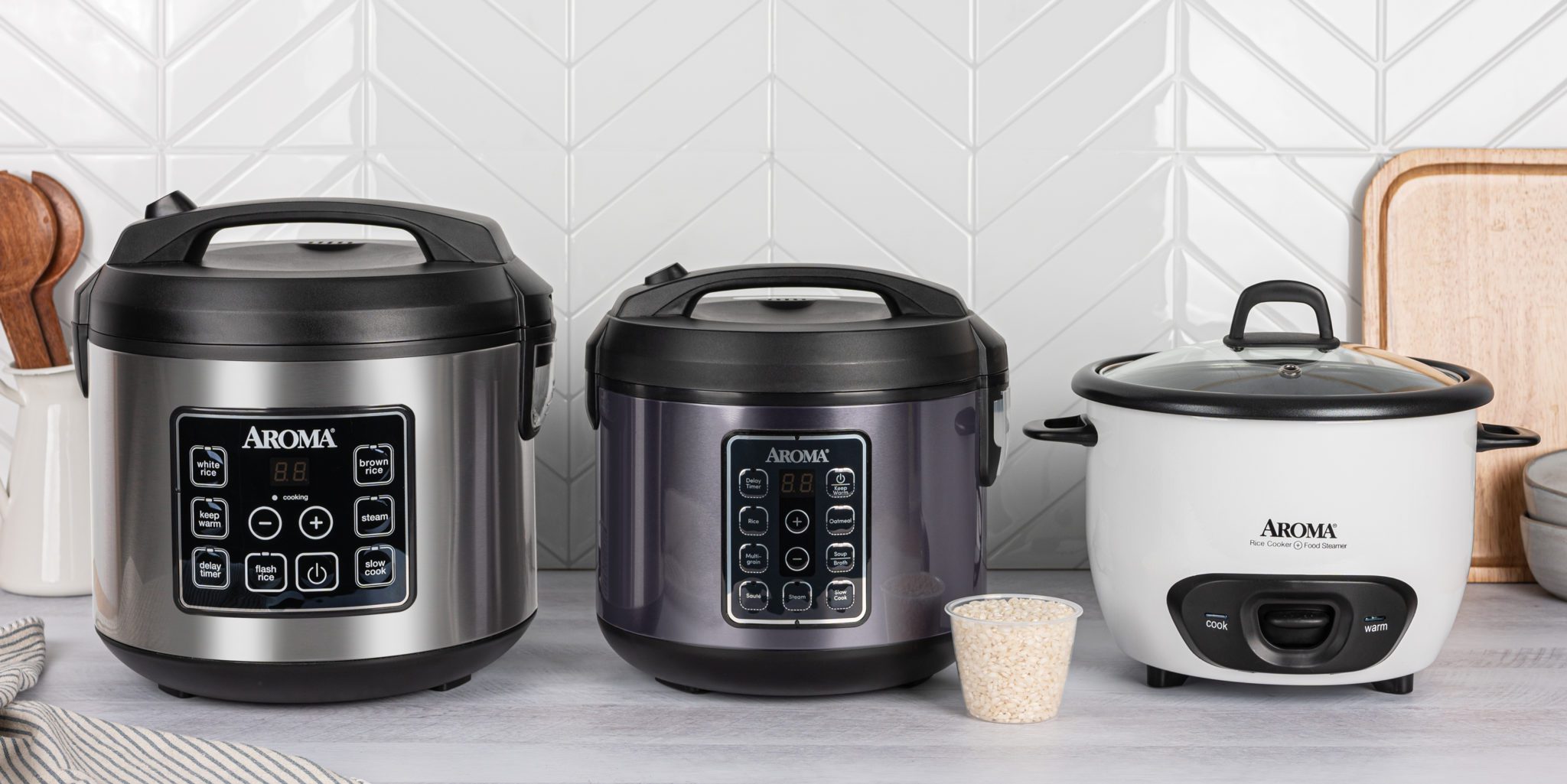
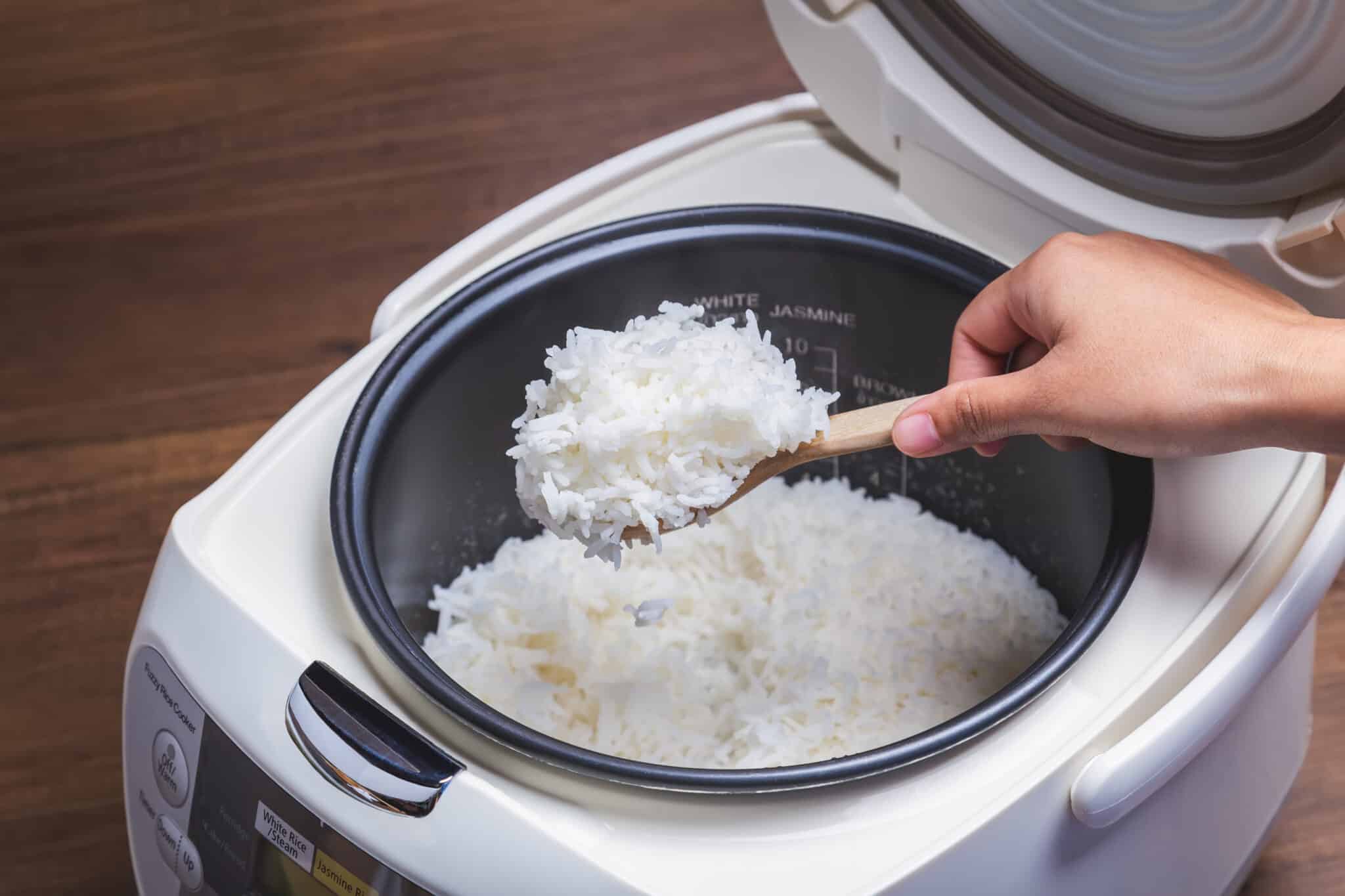
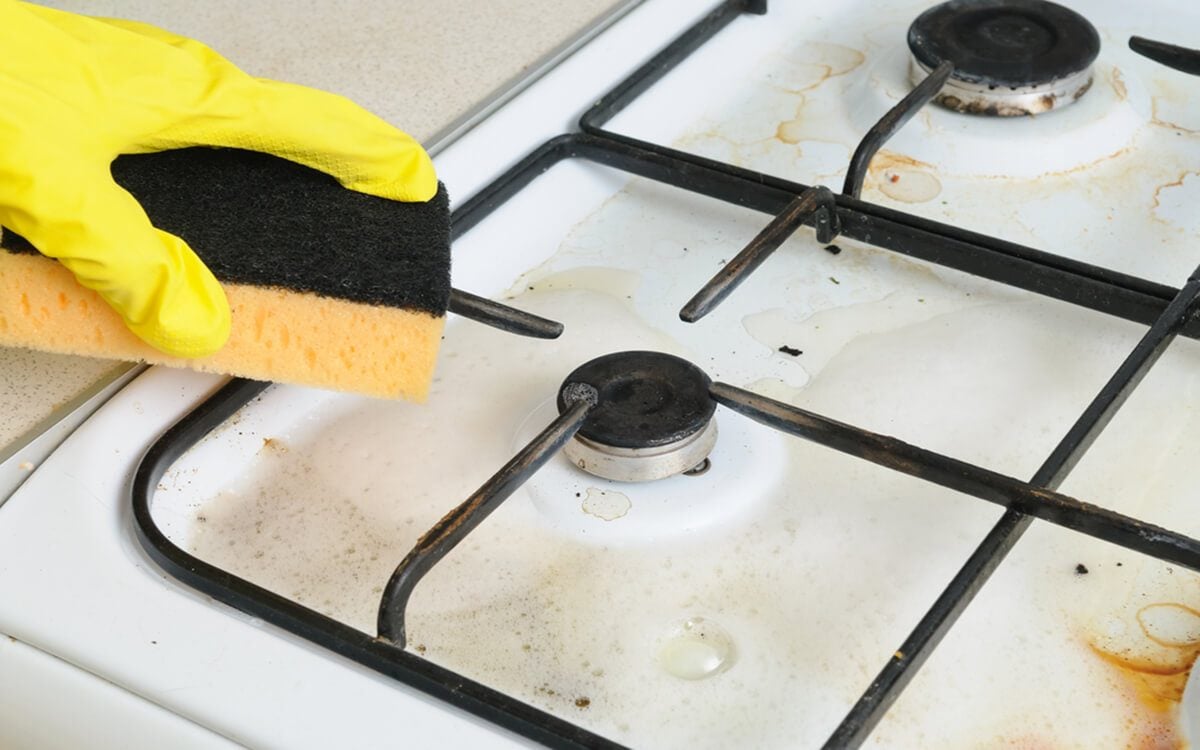




0 thoughts on “Why Rice Gets Spoiled Easily In Rice Cooker”